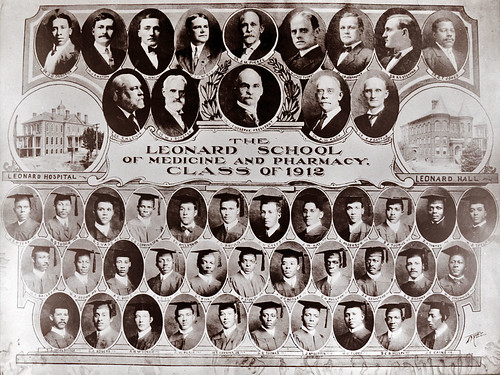
Charles Henry Turner (1867 – 1923)
***
Born only two years after the 13th Amendment to the U.S. Constitution outlawed American slavery, Charles Henry Turner achieved a level of expertise in the field of animal behavior that would be have been extraordinary in any period. The fact that he accomplished all of this at a time when most Africans believe that Black people were incapable of significant intellectual achievement only highlights the exceptional nature of his success.
Charles Turner was born in Cincinnati, Ohio on February 3, 1867. His mother, a former slave from Kentucky, was a practical nurse. His father, a free Black man from Alberta, Canada, was a church custodian. Thomas and Addie Campbell Turner instilled in their son a love of learning and a belief in the power of his own dreams and passions. This support for their son’s intellectual development was fueled in no small measure by his parents’ desire to provide him with a greater range of opportunities than had been available to them. As a child Turner’s interests in animals — and especially insects — was already apparent, and his mother and father supported this growing passion by giving careful attention to his education, both inside and outside of the classroom.
Young Charles was educated in the Cincinnati public schools, including the city’s Gaines High School, where he was the valedictorian of his graduating class. He would go on to earn a B.S. in 1891 and an M.S. in 1892, both from the University of Cincinnati. Upon completing his M.S., Turner became the first African American to earn a graduate degree from that institution.
Turner’s greatest interests had always been in teaching and research, and by 1901 he found himself in an academic post at Atlanta’s Clark University (now Clark-Atlanta University). In 1902, he was profiled in Twentieth Century Negro Literature or, A Cyclopedia of Thought on the Vital Topics Relating to the American Negro), an encyclopedia of distinguished African Americans. By that time, Turner had already published 13 scholarly papers on animal morphology and behavior.
It was during his doctoral studies at the University of Chicago, however, that Turner’s work in his primary area of study truly hit its stride. In 1907, after completing his Ph.D., Turner began an incredible period of productivity that would include the publication of most of the 50 scholarly articles that he would publish during his lifetime. An animal behaviorist with a specialty in arthropod behavior and morphology, Turner made a number of important discoveries in this area, most notably that insects can hear, that ants use light as well as smell to make their way to and from their nests, and that caterpillars use trial and error in learning to navigate their world.
An inventor as well as a researcher, Turner’s passion for the study of insect behavior led him to develop new pieces of scientific equipment to carry out his investigations. The strength and innovation in his work was recognized in 1911, when he was elected to the St. Louis Academy of Science. Among his other distinctions was his selection to serve as a delegate to the Seventh International Zoological Congress (in 1907). Turner’s publication record was as distinguished as his professional memberships and elected posts. Morehouse Psychology Professor Duane M. Jackson writes that, “Charles Turner was the first African-American to publish in the Journal of Animal Behavior, and probably the first to publish in Science (1892, although this is difficult to document).”
Although his M.S. and Ph.D. could have secured him a post at any number of the nation’s then emerging Black colleges, Charles Henry Turner chose to teach at the high school level so that he could put more time into his research on insect behavior.
Charles Henry Turner died on February 14, 1923, at the age of 56. In 2002, the Animal Behavior Society established the Charles H. Turner Travel Program to fund undergraduate travel to and participation in the ABS annual conference.
Sources:
Posted by Ajuan Mance








